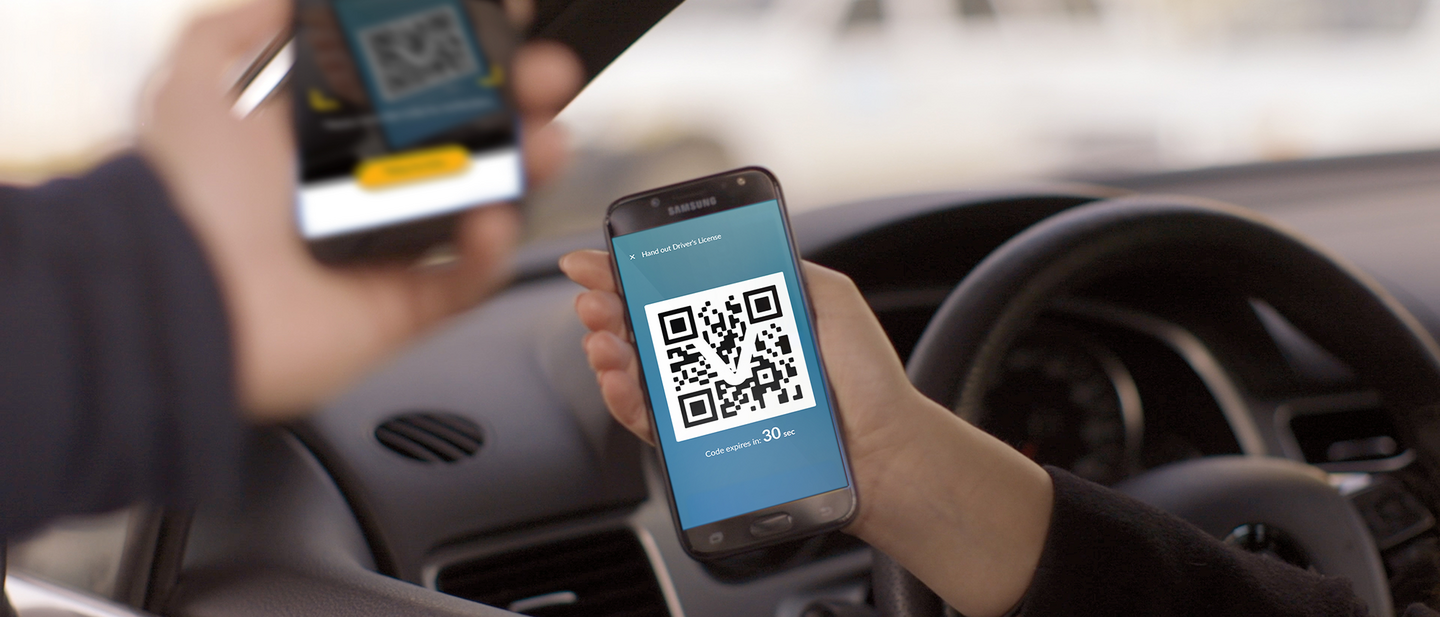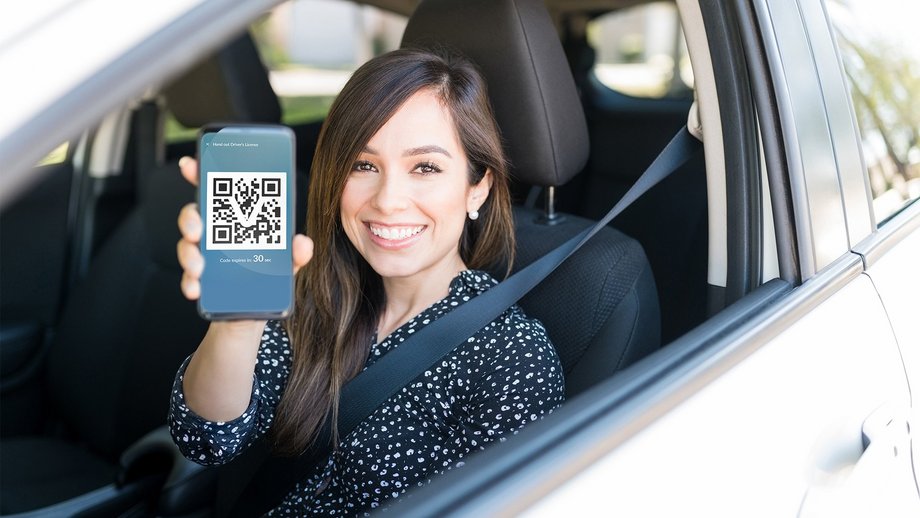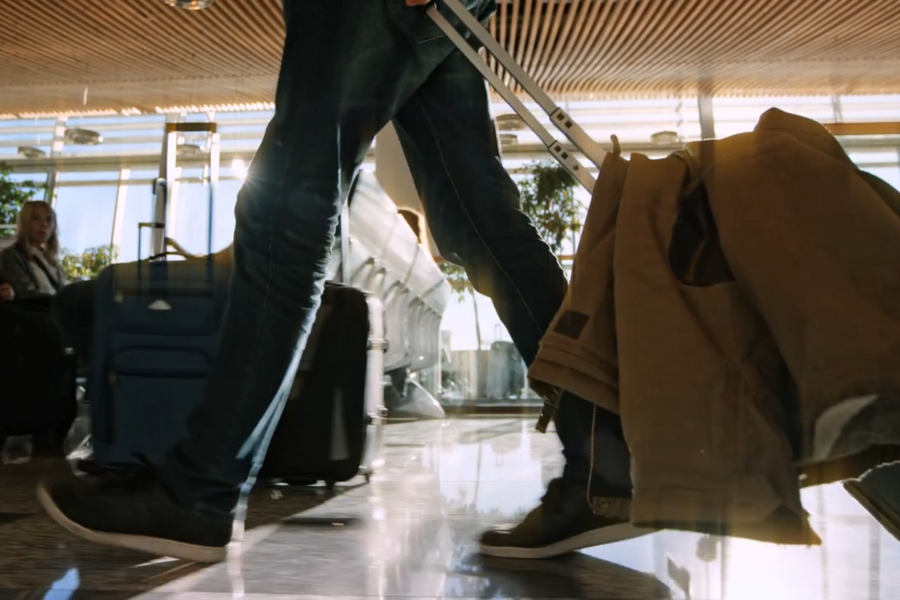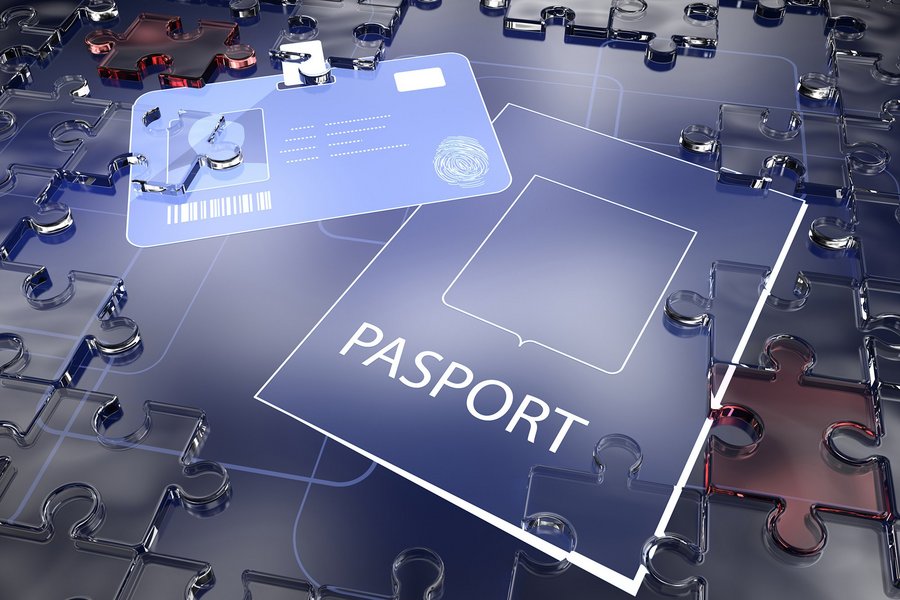Around the world, driver’s licenses are poised to make the move from wallets, card holders, and purses to mobile phones. Numerous states and countries have spent the past half a decade exploring the effectiveness, security, and user experience of mobile driver’s licenses (mDLs), and, independently, they have largely reached the same conclusion: that there is now an increasingly compelling case for digital driver’s licenses, not just as proof of driving eligibility but also to act as verification of identity in a much wider set of situations.
The momentum behind mDLs is particularly strong in the US and Canada, where the citizen’s driver’s license remains the primary form of identification – as well as proof of age and address. After a series of successful pilots and the creation of appropriate legislation and standards, several states are now poised for large-scale rollouts1, with the American Association of Motor Vehicle Administrators (AAMVA) leading efforts to define implementation guidelines.




